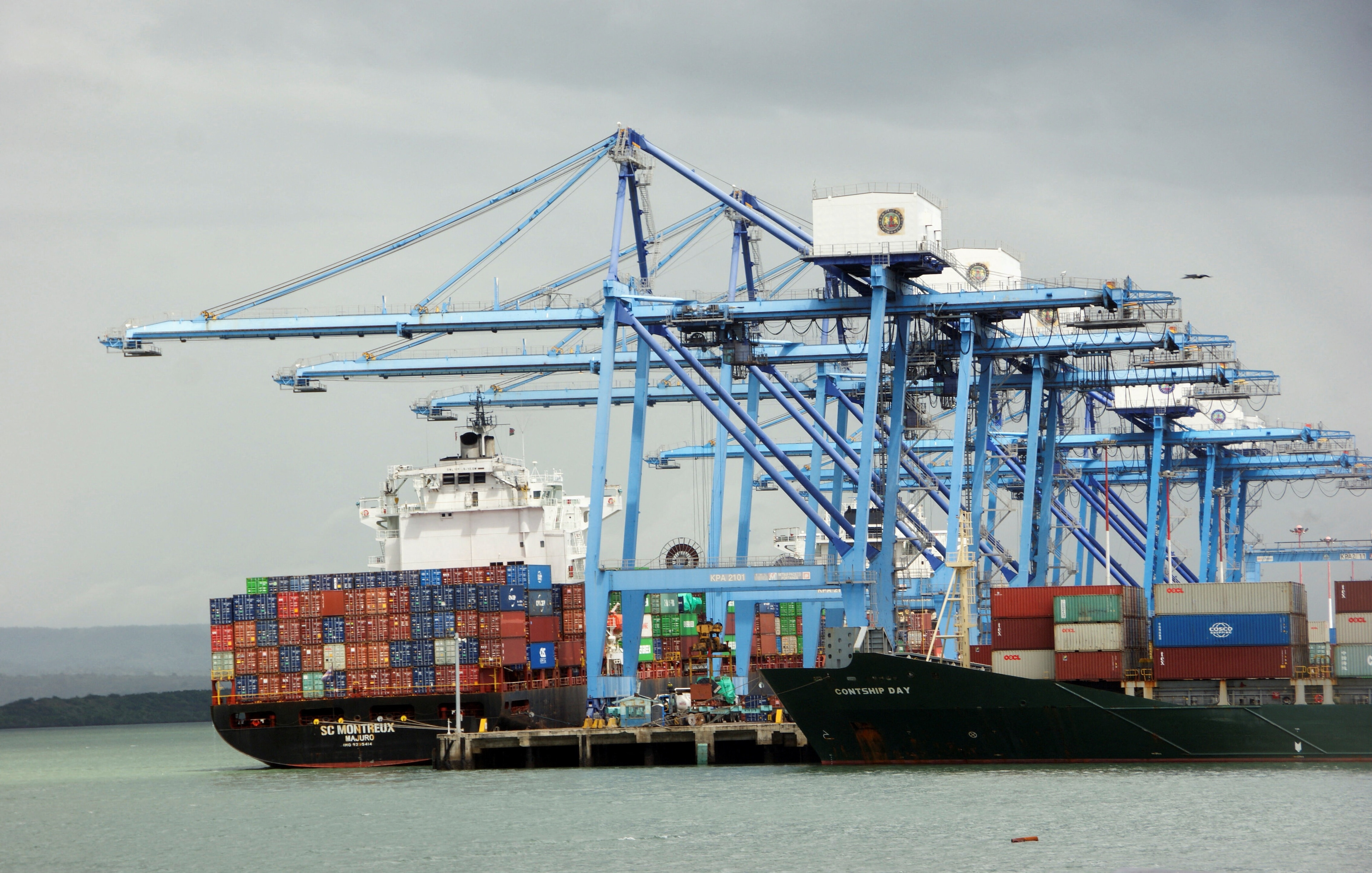How do we deliver smarter aid?

Stay up to date:
Global Governance
In their article “Aid for Peace,” Berman, Felter and Shapiro question some of the basic assumptions underpinning delivery of humanitarian development aid in zones of conflict and argue persuasively that small, targeted programs designed based on a deep contextual understanding of the drivers of a conflict produce better outcomes than programs aimed at spreading around as much cash as possible. As a development practitioner with experience in conflict-affected parts of Afghanistan, the Philippines, and Aceh, Indonesia, I ultimately agree with this conclusion and commend the authors’ innovative work through Empirical Studies of Conflict Project (ESOC). However, I would strongly caution against generalizing too broadly from the Philippines’ experience as to what constitutes “smart aid” in other conflict zones. It’s worth noting in particular that studies of community-driven development and conditional cash transfer programs implemented in other countries affect conflict outcomes in ways that are entirely at odds with the Philippines’ experience.
Indonesia offers several such examples. In the province of Aceh, where prior to the 2005 Helsinki Memorandum of Understanding (MoU) the Free Aceh Movement (GAM) fought an armed insurgency against the Government of Indonesia (GOI), the community-driven Kecamatan Development Program (KDP) delivered small-scale infrastructure throughout the province without exacerbating violent conflict. This was due in large part to the efforts of local program facilitators and villagers to reach informal arrangements with GAM commanders that allowed program implementation to proceed unimpeded. While such arrangements may have diminished GOI’s role in the program in the eyes of Acehnese villagers, the flexibility and local discretion built in to the CDD program was successful in mitigating conflict. Later, in 2006 and 2007, the GOI implemented the Community-Based Reintegration Assistance for Conflict Victims Program (BRA-KDP) in Aceh through KDP’s network of facilitators and funds transfer mechanism. The scope and intensity of conflict in Aceh in the years leading up to the Helsinki MoU made it logistically impossible to objectively verify individual claims to victimhood using a centralized targeting mechanism. Instead, BRA-KDP facilitators worked with villagers to decide who was entitled to compensation using locally identified criteria. An impact evaluation of BRA-KDP found that conflict victims received greater amounts of cash or in-kind compensation through the program than non-victims without increasing levels of violent conflict.
Through the Government of the Islamic Republic of Afghanistan’s (GoIRA) National Solidarity Program (NSP)- another large-scale CDD program- rural villages constructed thousands of units of small scale infrastructure in often volatile environments. The accompanying independent impact evaluation found no evidence that the program increased violence conflict. On the contrary, evaluators found that the program improved perceptions of the local security situation.
The Crost, Felter, Johnston study of KALAHI-CIDSS in the Philippines employs an econometric analysis to identify the relationship between conflict incidence and the presence of the program. This allows the authors to develop hypotheses as to why this relationship may exist. The study does not employ qualitative fieldwork or other methods needed to test these hypotheses. As Barron, Diprose, and Woolcock showed in the Indonesian context, humanitarian or development projects with clear procedures for addressing tensions resulting from the development process are much less likely to result in violence. These may include participatory decision-making processes; clear, well-publicized rules on what can and cannot be funded; grievance redress mechanisms; and participatory forums in which people involved in implementation are held to account for progress. CDD projects typically incorporate such procedures as core elements of program design. However, much can go wrong during implementation. The Crost, Felter, and Johnston study begs the question as to whether there was something inherently flawed with KALAHI-CIDSS’s CDD design, or whether an implementation failure led to an increase in violent outcomes in program locations. Furthermore, the authors ignore the fact that governments may indeed be cognizant of and choose to accept the potential short-term costs of violence that infrastructure may cause based on the calculation that the program may produce larger gains in, for example building trust in government’s ability to deliver basic services, over a longer time period. The Crost, Felter, and Johnston study does not allow for an exploration of the costs and benefits of small-scale infrastructure programs over the medium- to long-term.
In the case of conditional case transfer programs, the administrative capacity needed to identify the poor (through means testing or more commonly through proxy means tests) and transfer cash directly to poor households are often lacking in conflict zones. Turning again to the case of Indonesia, a country in which a reasonable level of administrative capacity exists to implement cash transfer programs, research by Cameron and Shah provides evidence that a mistargeted cash transfer program was associated with higher levels of crime and decreased community-level social capital. One could, therefore, easily imagine a poorly targeted cash transfer program increasing violent conflict in a setting in which weak administrative capacity exists.
ESOC has produced innovative applied research on humanitarian and development aid in conflict zones over the past decade. As the authors synthesize and reflect on ESOC’s findings, I would urge them to exercise caution in discounting a particular approach’s effectiveness in a conflict affected environment, as they appear to do with CDD, or praising an approach’s relative merits, as they appear to do with cash transfers, based on a single country context and on studies that evaluate outcomes of interest over a limited time period. More research using a greater variety of methodologies and longitudinal data sets is needed to build a compelling case for the generalizability of the authors’ current findings.
This post first appeared on The World Bank People Spaces Deliberation Blog. Publication does not imply endorsement of views by the World Economic Forum.
To keep up with the Agenda subscribe to our weekly newsletter.
Author: Robert Wrobel is a Social Development specialist at the World Bank
Image: Children from the minority Yazidi sect line up to receive humanitarian aid at the mount Sinjar December 22, 2014. REUTERS/Stringer
Don't miss any update on this topic
Create a free account and access your personalized content collection with our latest publications and analyses.
License and Republishing
World Economic Forum articles may be republished in accordance with the Creative Commons Attribution-NonCommercial-NoDerivatives 4.0 International Public License, and in accordance with our Terms of Use.
The views expressed in this article are those of the author alone and not the World Economic Forum.
Forum Stories newsletter
Bringing you weekly curated insights and analysis on the global issues that matter.
More on Global CooperationSee all
Nii Simmonds and David Timis
August 18, 2025
Natalie Pierce
August 12, 2025
JJ Enoch
August 6, 2025
Eric Holst
August 4, 2025
Catherine Chevauché
August 4, 2025
Li Dongsheng
July 31, 2025





